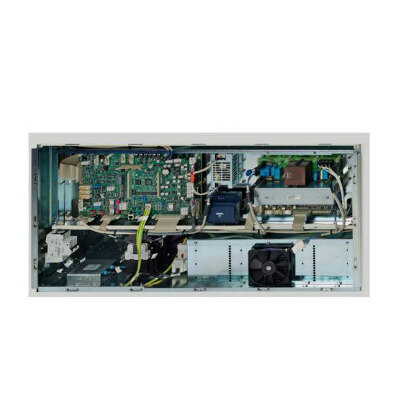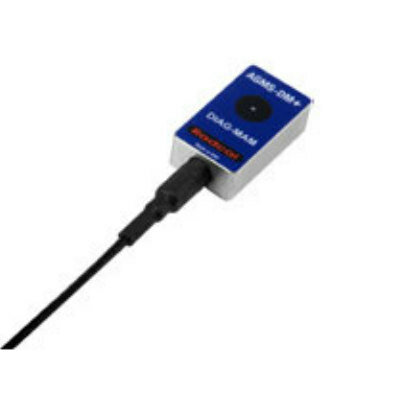MRI Can Help Guide Therapy in Patients with Unclear-Onset Stroke
By MedImaging International staff writers
Posted on 10 Mar 2011
Among patients who have had strokes but who are not certain when symptoms began, magnetic resonance imaging (MRI) can help differentiate who might benefit from clot-busting agents while facing acceptable risk.Posted on 10 Mar 2011
The study's findings were presented in February at the American Stroke Association's International Stroke Conference 2011, held in Los Angeles, CA, USA. Researchers used magnetic resonance imaging (MRI) techniques to screen 430 patients with unclear-onset stroke at six university hospitals in South Korea. Strokes are categorized as unclear-onset, or "wake-up,” strokes if patients or witnesses do not know when symptoms began, or woke up already in the throes of a stroke.
This is a major issue because clot-busting drugs have proven effective at reducing disability up to 4.5 hours after symptom onset. "Wake-up, or unclear-onset, strokes account for a quarter of all ischemic strokes but have been automatically excluded from clot-busting techniques because the onset time cannot be known. Our study shows that such patients could also be treated safely and effectively,” said Dong-Wha Kang, MD, PhD, lead author and associate professor in the department of neurology at Asan Medical Center at the University of Ulsan College of Medicine (Seoul, South Korea).
All the patients arrived at one of six emergency rooms within six hours of detecting symptoms. Using diffusion-perfusion MRI, which shows tissue death and blood flow in the brain, the investigators looked for sizable areas where tissue remained alive even though it lacked blood flow. To limit the risk of serious bleeding in the brain from clot-busting therapy, patients were excluded if they had extensive tissue death in the brain area supplied by a major artery, the middle cerebral artery, or if other MRI techniques, such as those called fluid attenuation inversion recovery (FLAIR) or T2, showed that the time of tissue death had elapsed.
More than 80 patients (median age 67 and classified as having severe stroke) were found eligible for clot-busting therapy, which included intravenous administration of the drug tissue plasminogen activator (tPA), direct administration of the drug urokinase to the blocked vessels in the brain or both. Some patients also had their clots removed mechanically or underwent stenting.
Among those who received the drug therapy, approximately 45% had at least a "good” clinical outcome--ranging from no symptoms to slight disability with curtailed activities--on the modified Rankin scale, which measures level of impairment and its impact on stroke patients' daily activities. Almost 29% had an excellent clinical outcome, meaning they were able to carry out all their usual activities with little or no impairment.
A key limitation of the study is that it did not include a comparison group of patients who did not receive the clot busting treatment. Still, Dr. Kang said, "This study should trigger follow-up studies to develop the best available treatment strategies for this important but neglected group of stroke patients.”
The study also found that female patients were likely to fare more poorly with treatment, as were patients who had a more severe initial evaluation of their stroke impairment, and those treated at the two centers lacking earlier experience in thrombolysis for unclear-onset stroke. Because researchers in the study treated patients with strokes of various origins, it is likely that the findings would also apply to non-Korean populations, according to Dr. Kang. But patient outcomes are likely to differ among medical centers, because of the availability of MRI facilities as well as interventionists to deliver clot-busting drugs directly to the brain blood vessels.
This work received the Emergency Medicine Award from the International Stroke Conference committee, which recognizes outstanding research in the field by a young investigator.
The researcher's next plan to compare the outcomes from their study population with those of comparable but untreated patients listed in stroke registries. "Although this study provides some important clues to treat wake-up, or unclear-onset, stroke patients, we still have a long way to go to find the best way to treat them,” Dr. Kang concluded.
Related Links:
University of Ulsan College of Medicine














